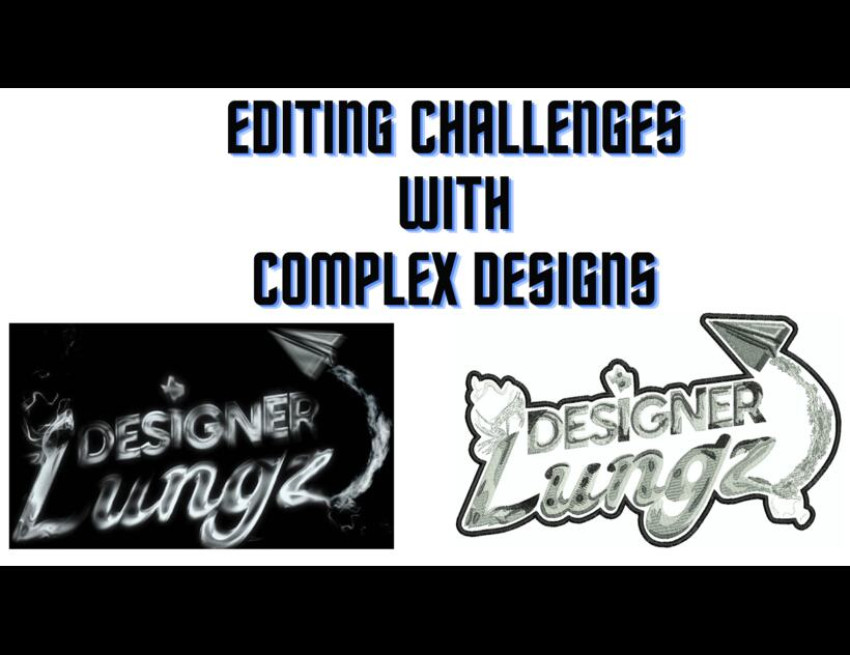
Two opposing methods that are crucial in the ever-changing field of graphic design are vector conversion and rasterization. These techniques control the creation, sizing, and storing of images, which affects the usability and aesthetics of digital designs.
Recognising Vector Conversion: Accuracy in Each Curve
Vector Conversion: What is It?
Converting raster images to vector graphics is known as vector conversion. Vector graphics employ mathematical formulas to generate shapes and lines, in contrast to raster images, which are made up of pixels. To produce clear, scalable, and high-resolution visuals, this procedure is essential.
The benefits of converting to vectors
Scalability: Without sacrificing quality, vector graphics can be scaled indefinitely.
Smooth Edges: The design has smooth edges and lines since there are no pixels.
Editability: Editing vector pictures is simple and allows for smooth adjustments.
Print-Ready: Suitable for print medium since they stay clear at any size.
Cons of Converting to Vectors:
Complexity: Accurately reproducing intricate elements in vector format can be difficult.
File Size: Vector files, particularly those with intricate drawings, may be larger.
Understanding Rasterization: Building Blocks as Pixels
Rasterization: What Is It?
The process of transforming vector drawings or images into raster format is known as rasterization. Raster images are made up of pixels arranged in a grid, each of which contains a unique color value. For raster images, common file formats are JPEG, PNG, and GIF.
Benefits of Randomization
Replicating fine details and textures in photos is made possible via detail replication.
Wide Acceptance: Raster pictures are compatible with several platforms and are widely used.
Photo Realism: A useful technique for accurate depictions, particularly in photography.
Consequences of Rasterization
Resolution Limitation: A raster image's quality may be compromised by pixelation as it is enlarged.
Editing Challenges: Making changes can be laborious, and making several tweaks can cause the image to deteriorate.
Selecting the Appropriate Method: A Design Conundrum
Situations That Encourage Vector Conversion:
Logos and Icons: Make sure your brand emblems and icons have a simple, scalable appearance.
Typography: Make sure text elements are precise and easy to read.
Ideal for business cards, brochures, and other print items is print design.
Situations Preference for Rasterization
Photography: Raster pictures are excellent in expressing the subtleties of photos.
Digital Art: Rasterization is frequently advantageous for intricate digital paints and artwork.
Web design: Because of their general compatibility, web graphics and backgrounds are common.
Best Practices for Getting Around the Design Landscape
Hybrid Methods: Create a well-balanced design by combining raster and vector elements.
Awareness of Resolution: Recognise the significance of resolution in various design situations.
tools Mastery: Make efficient use of graphic design tools to maximize the benefits of every method.
File Format Consciousness: Select the right file format for the design based on how it will be used.
In summary: Producing Masterpieces with Accuracy
There is no definitive winner in the never-ending argument between rasterization and vector conversion. The decision is based on the design's characteristics, the intended usage, and the anticipated result. Being proficient in both methods will enable you to produce visually attractive and adaptable masterpieces as a graphic designer.
Accept the variety of digital art, try both raster and vector methods, and allow your imagination to run wild in the infinite field of graphic design!




